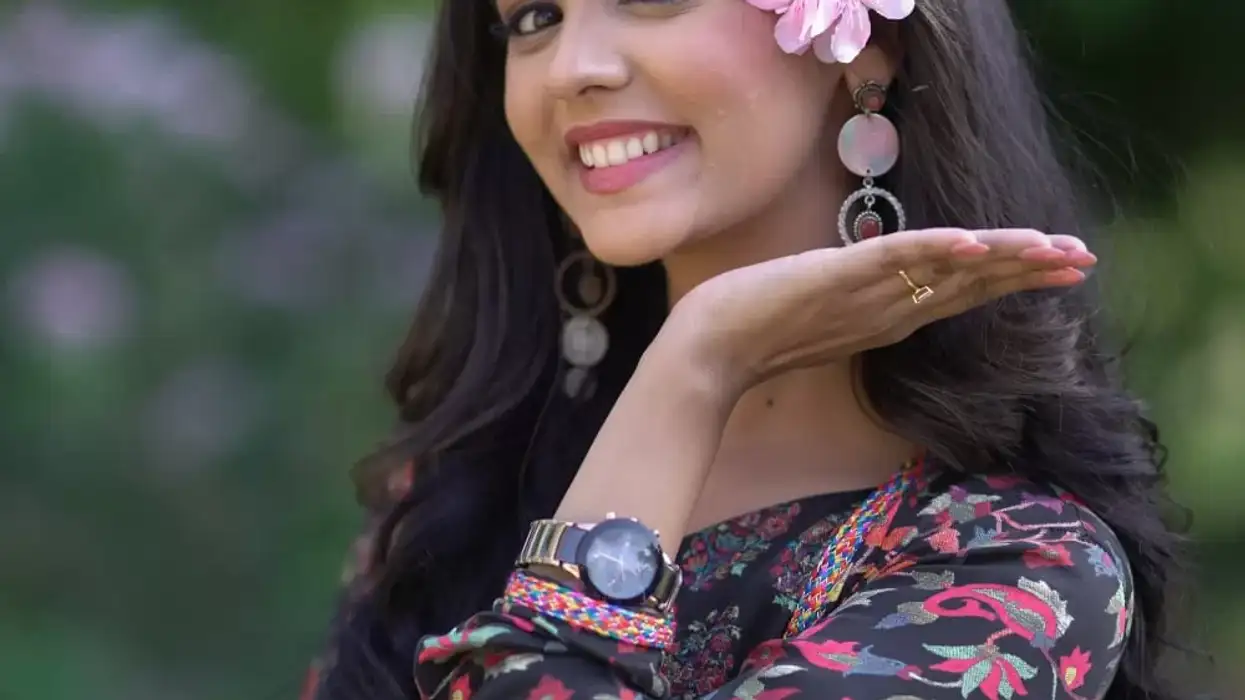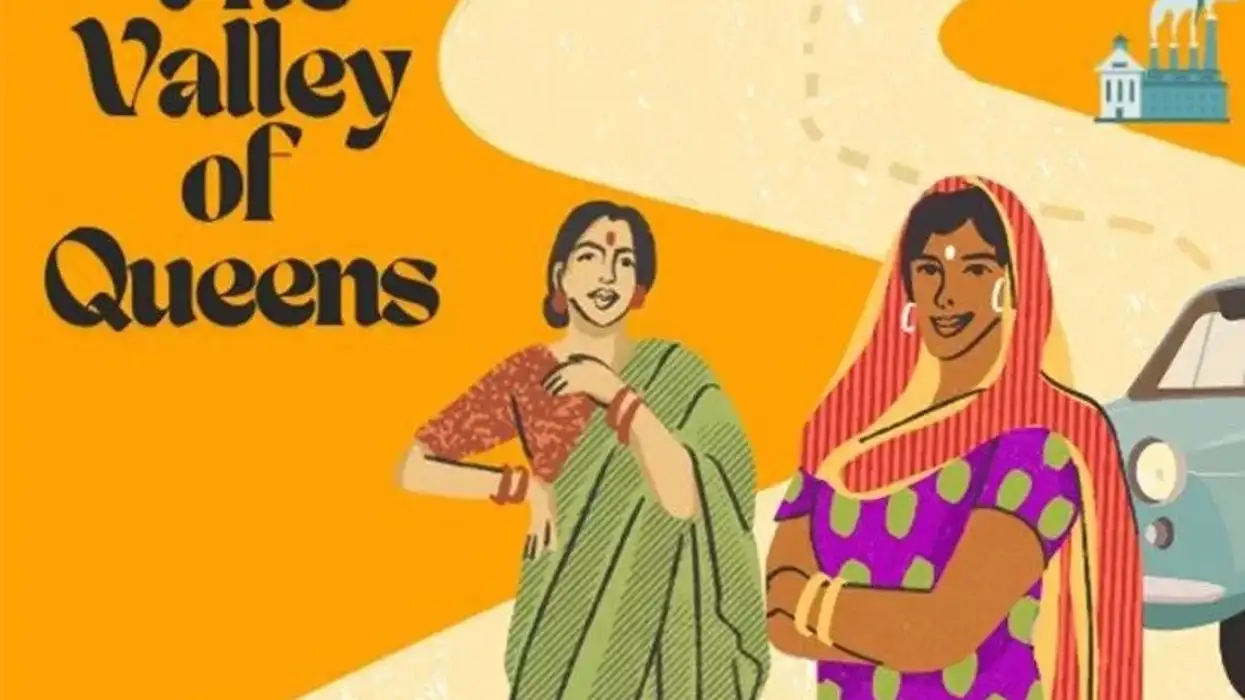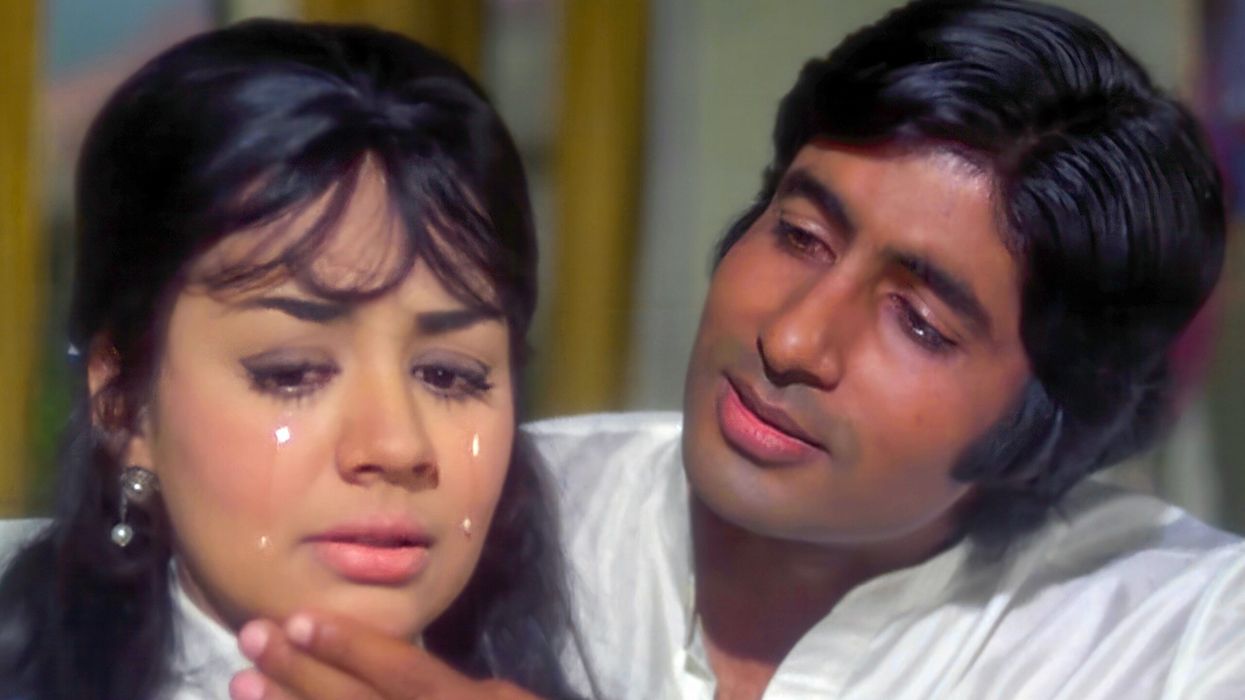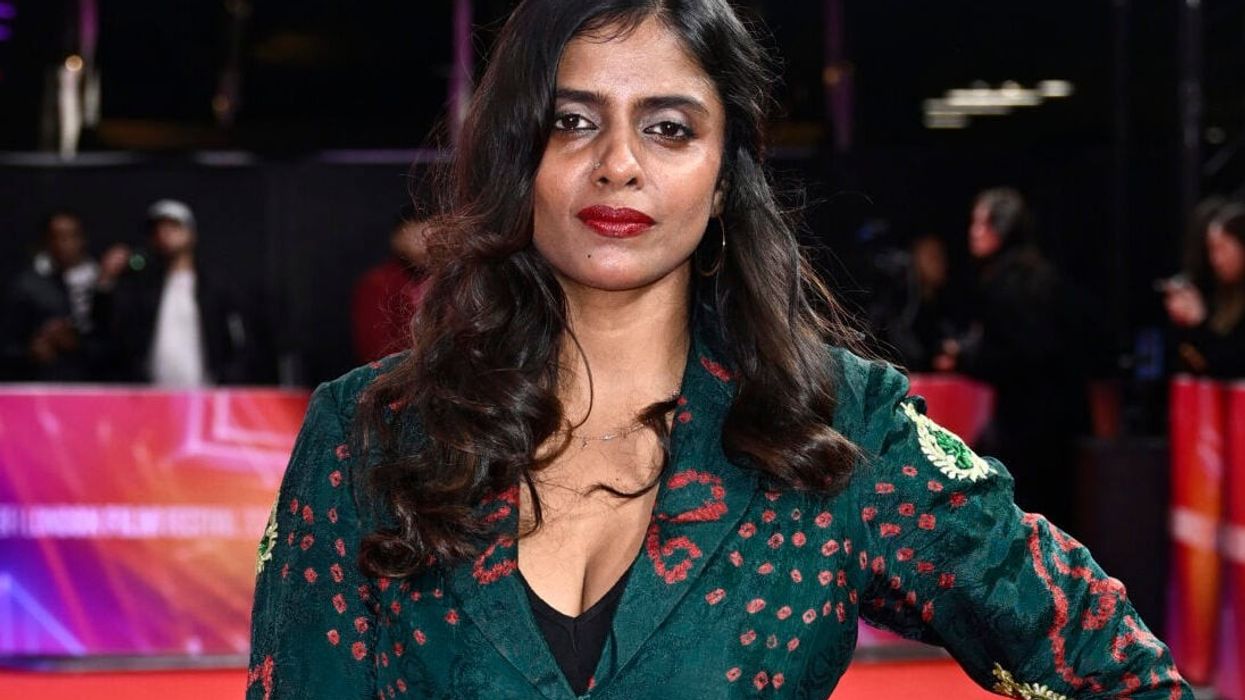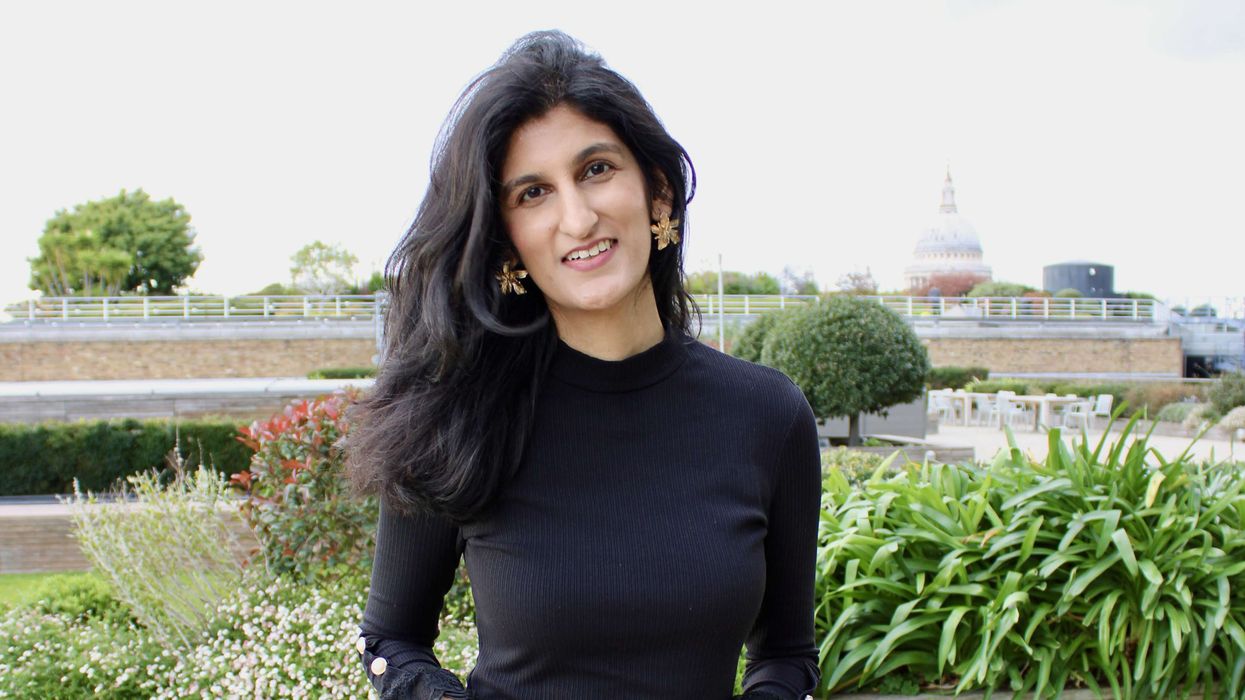TALENTED NEWCOMER TALKS ABOUT THE CHALLENGES OF HEADLINING ICONIC SHOW
INDIAN TV serial Yeh Rishta Kya Kehlata Hai recently had a time leap and saw new stars jump into the much-coveted lead roles.
One of these newcomers who has stepped up to headline the globally popular show is Pranali Rathod. Her character Akshara Goenka has already made a strong connection with audiences on the super hit Star Plus serial and is elevating her to great heights.
Eastern Eye caught up with the talented actress to talk about the challenges of taking on such an iconic show.
How did you feel about landing a lead role in Yeh Rishta Kya Kehlata Hai?
I was very happy. I felt privileged because Yeh Rishta Kya Kehlata Hai is a show I used to watch with my mom and never thought that I would work in this show as a lead, portraying Akshara, Naira’s daughter and Akshara’s granddaughter. So, I feel happy, honoured, and privileged.
What was the first day on set like?
My first day on set, my God, I was so nervous. I still remember how scared I was. But thanks to my co-actors, everybody made us feel so comfortable and warm that we were fine in half an hour. Besides me, (characters) Aarohi, Vansh Bhaiya, and Kairav Bhaiya (Karishma Sawant, Sharan Anandani and Mayank Arora) – the whole new generation – we were shooting on the first day. They made us feel so nice and like we’re a family member already on our very first day.
Tell us about your character?
Akshara is chirpy. She is a very happy person. You must have seen that Akshara of childhood is exactly the same. Only change is that she now talks openly. She can do anything for her family. She could take a bullet for her family. Anyway, she is very lovable and for her life is beautiful. No one is rich or poor for her. Everyone is the same for her.
Do you feel pressure stepping into such a big show?
At first, I felt pressured, of course. But thanks to Rajan Shahi sir, Directors Kut Productions, and everybody on set, they did not let any pressure on the new generation of cast members. We all equally took the pressure. And I think it’s a good pressure, because we are able to work, give our 100 per cent, so people can accept us.
What can we expect from the character and story?
(Laughs) In terms of what to expect from the character and story, you will know that only by watching the episodes. I can’t tell you everything.
What are your co-stars like to work with?
I think my co-stars are really nice to work with because they keep me motivated and my energy level high, like on 100 per cent. I get to learn every day from them. Everybody is so down to earth on set. I enjoy and love working with them.
How have you prepared to take on this exciting journey?
To be honest, I was just being myself, Pranali, because she is like Akshara. She is clumsy, silly, chirpy, and full of life. Everything is so nice, like life is beautiful for her and she loves her journey. She doesn’t care about the destination. She’s enjoying her journey just like I am. But now I’ve started realising that I’m learning about Akshara every day. Like I learn new things about her all the time.
Tell us something that nobody knows about you?
(Smiles) Something about me that nobody knows is that I’m a big Sidharth Malhotra fan.
What inspires you?
My directors, co-stars and producers inspire me the most.
Why should we tune into the new show?
Because it is Yeh Rishta Kya Kehlata Hai and we’ve come up with a new story. It is fresh, has twists, turns, romance, drama, fun, comedy, and everything else. It is a mixture of all emotions and people are going to enjoy it. Touchwood, hopefully! So you should definitely tune into our show.
Instagram: @pranalirathod official
